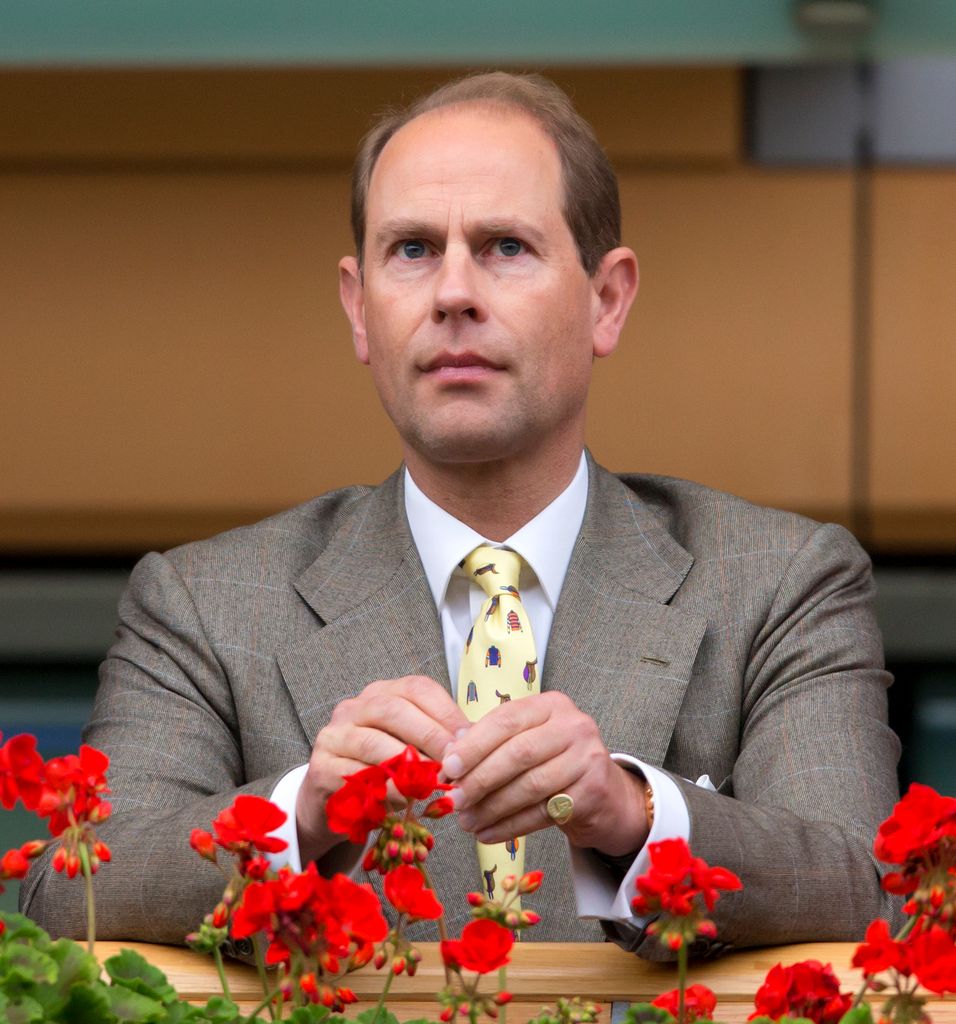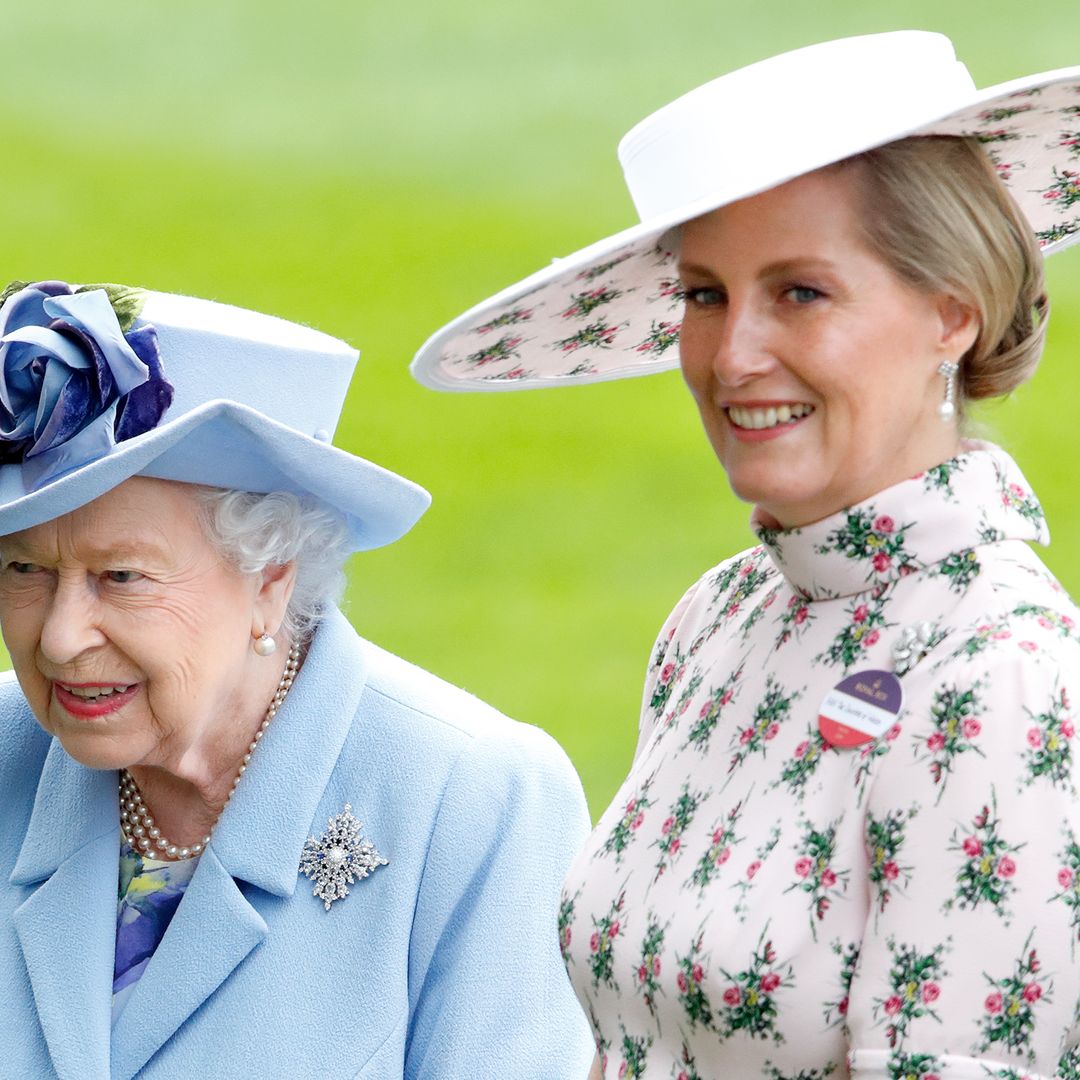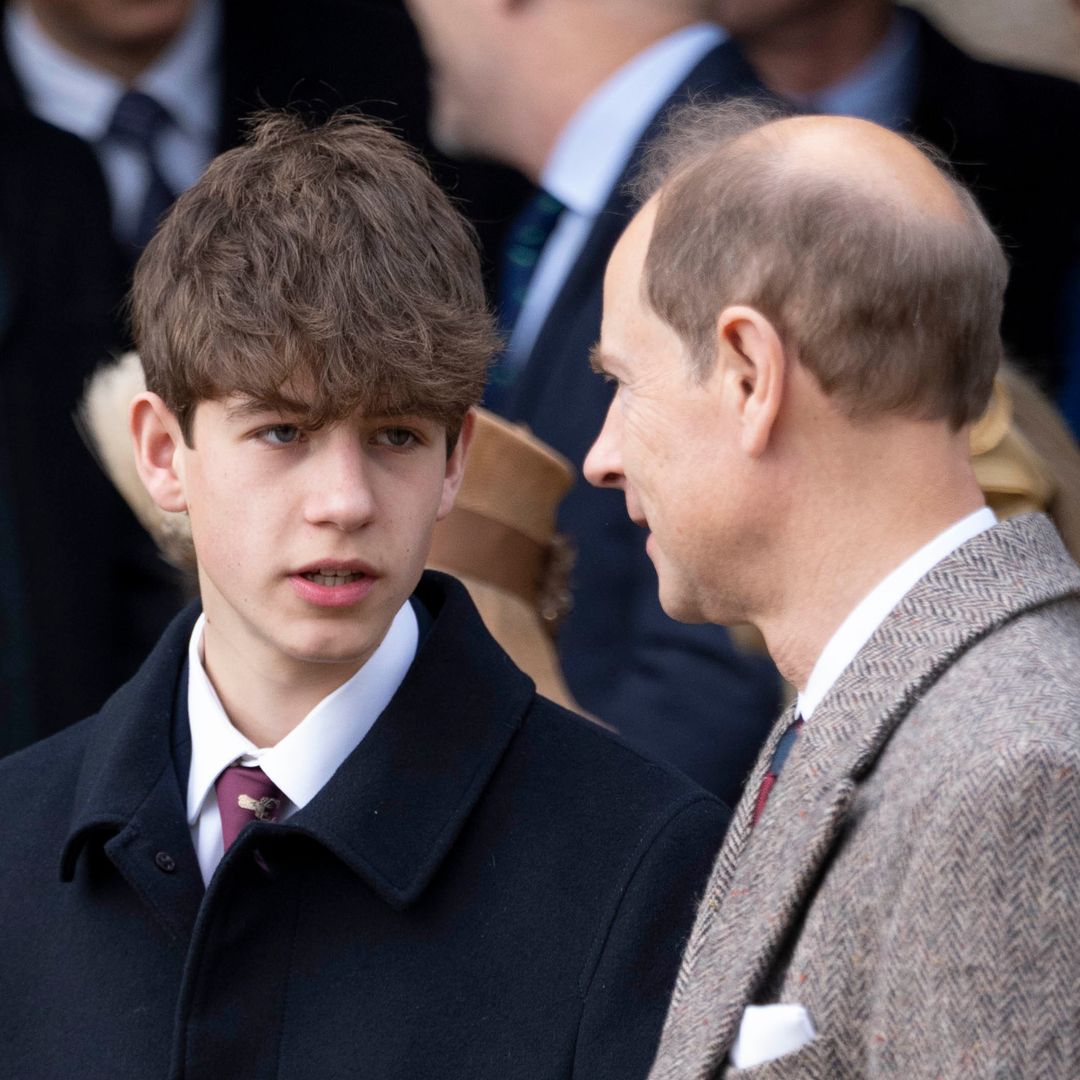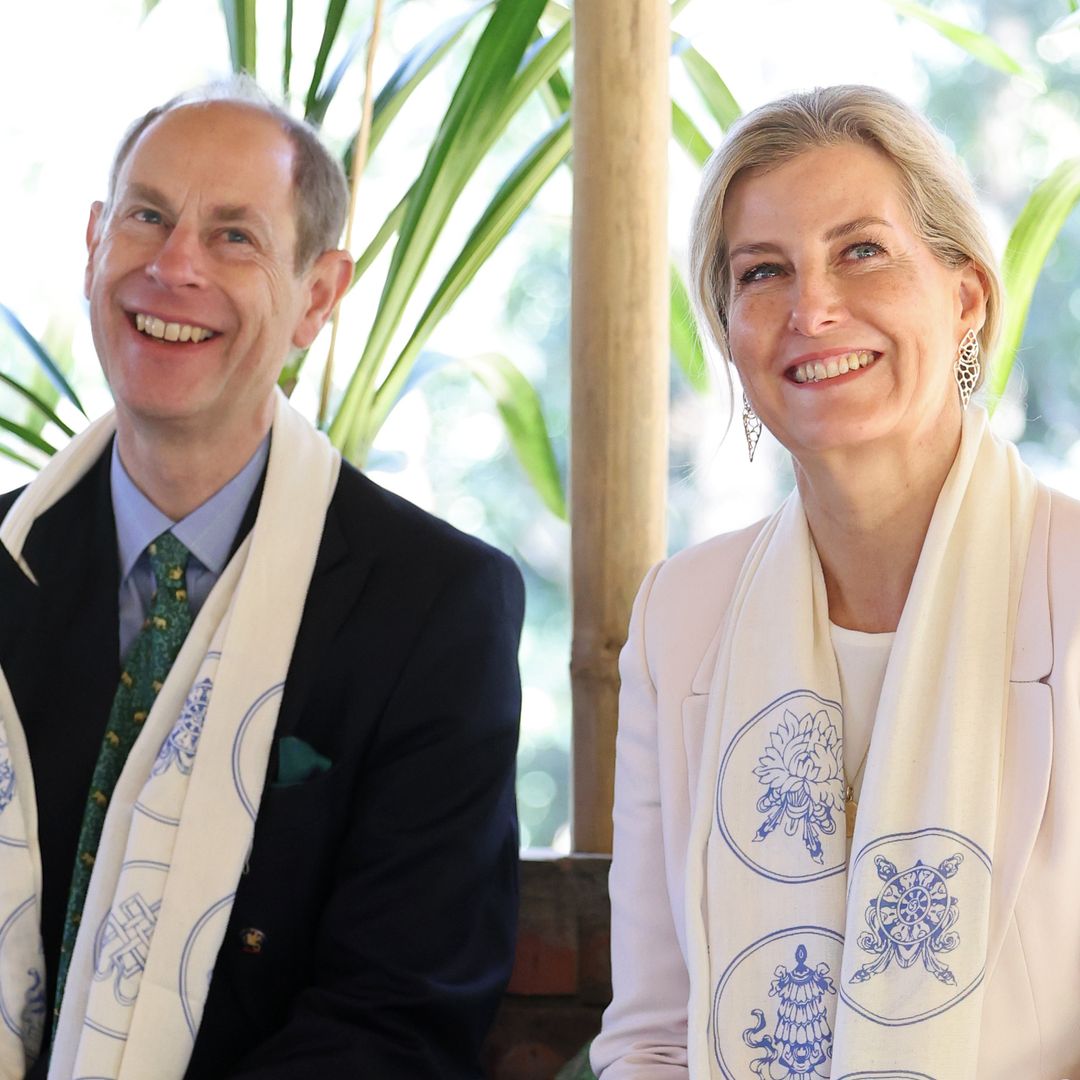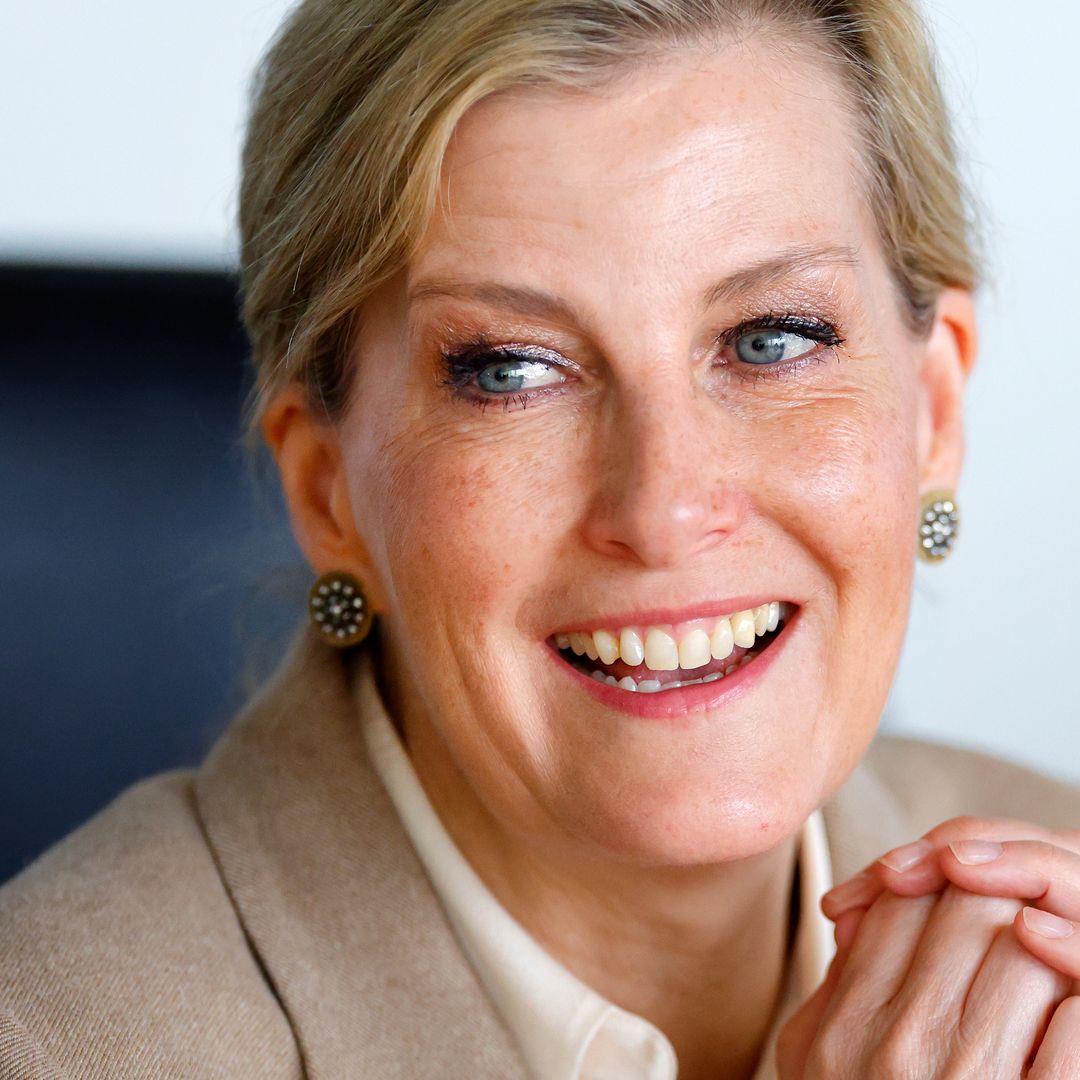James, Earl of Wessex, and youngest son of the Duke and Duchess of Edinburgh, was spotted wearing an unusual accessory at today's Royal Windsor Horse Show – a signet ring.
Gentleman's Gazette explains the history and significance of a signet ring: "For wealthy and important men, a signet ring was a powerful tool akin to a signature: the engravings on the ring were unique to the man who wore it, and if he used the face of the ring like a seal, he could stamp his symbol into ink, wax, clay, or similar surfaces, and in doing so leave a mark similar to the way that we sign documents today."
James joins his father, Prince Edward, and his uncle, King Charles, in the royal tradition of wearing a signet ring.
Jewellery historian Helen Dimmick tells HELLO! about the history behind the ring King Charles is never seen without, even though he is no longer Prince of Wales.
"Since the mid 1970s King Charles III has been photographed wearing a signet ring on the smallest finger of his left hand," she says.
"For the then Prince of Wales this was a very personal and symbolic jewel – the precious yellow gold oval bezel is engraved with his heraldic badge of three ostrich feathers emerging from a gold coronet, with the ribbon below bearing the motto ‘Ich Dien’, or 'I serve'."
King Charles's brother Prince Edward similarly does not remove his signet ring, which is seen with the initial 'E' under a crown.
James's signet ring also appears to be gold, and may bear the Wessex coat of arms.
The young royal was attending the favourite event of the late Queen, who never missed a year since the Royal Windsor Horse Show started in 1943. The royals have been spotted out and about over the weekend with a notable surprise appearance from King Charles, and regular attendees Duchess Sophie and Lady Louise Windsor.
READ: Rarely-seen Lady Louise Windsor shares sweetest moment with mother Duchess Sophie
James is 15th in line to the throne, ahead of his sister despite being four years younger than her, because of the ancient rule of primogeniture, where the firstborn male inherits the title.
The law was changed when the Succession to the Crown Act was introduced in 2013 ahead of the birth of Prince George, so that the eldest would be the heir regardless of gender.



